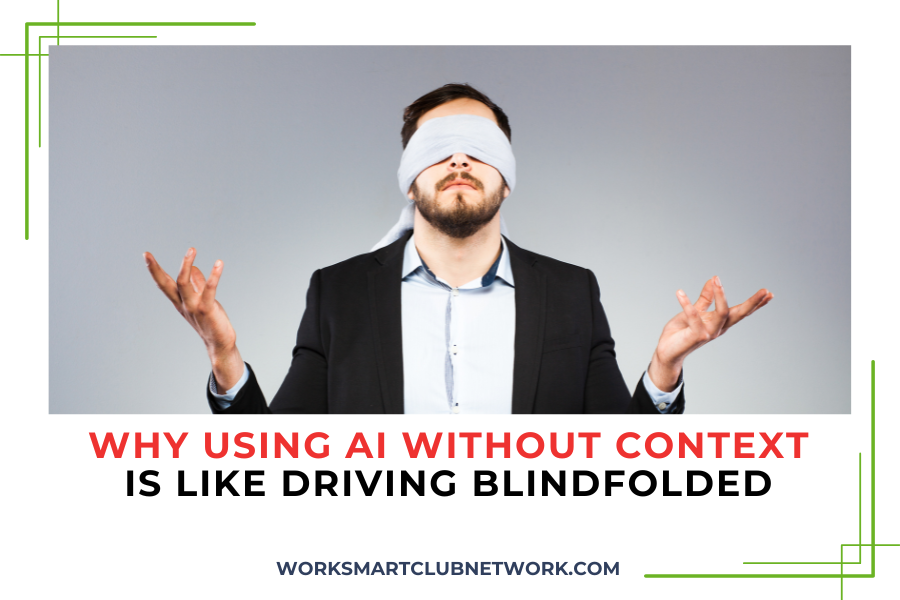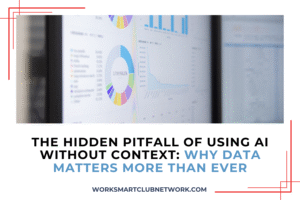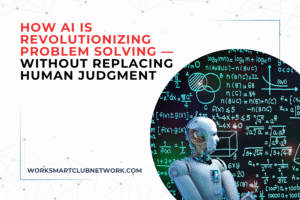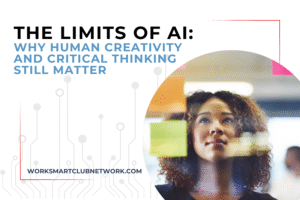Why AI Needs the Right Information
Artificial intelligence has become a powerful assistant in the workplace, but only when it has the right information to work from. Imagine trying to navigate a complex city while blindfolded. You might stumble around, guess your way forward, but you won’t reach your destination efficiently. That’s what using AI without providing the proper data and context feels like—results that are generic, unfocused, and ultimately unhelpful.
How AI Learns from Input Data
AI systems learn and respond based on the input data they receive. Without context—details about your industry, your specific challenges, your audience, or your goals—AI outputs can be vague or irrelevant. This happens because AI models, even the most advanced ones, don’t possess human intuition or understanding. They rely solely on patterns in the data they’ve been fed.
For example, a company asking an AI chatbot to generate customer service responses without sharing typical customer concerns or product details will get generic answers that miss the mark. Similarly, AI used for market analysis will be less effective if it isn’t fed recent, relevant sales data or industry trends. This lack of context limits AI’s ability to tailor its insights to your real-world needs.
Feeding AI Relevant and Organized Data
Context is the backbone of targeted AI assistance. By feeding AI well-organized, relevant data about your specific situation, you empower it to deliver nuanced, actionable insights. This includes background information on the problem you want to solve, the parameters of your business, and any prior relevant results. The better the AI’s “map,” the smarter and more precise its “navigation.”
The Importance of Clear Objectives
However, context isn’t just about raw data—it’s also about clarity in what you want AI to accomplish. Vague or overly broad requests produce diluted answers. The more precise and detailed your question or task, the better the AI can focus its processing power and deliver meaningful output.
The Role of Human Judgment in AI Use
Another common mistake is treating AI as a one-stop solution. AI can collate huge amounts of information and propose solutions for complex problems, but it is not a substitute for human insight. Without human guidance, AI risks producing results that lack creativity, empathy, or critical evaluation. AI doesn’t understand workplace dynamics, organizational culture, or customer emotions—elements that shape effective business decisions.
Incorporating human judgment means using AI as a collaborator rather than a replacement. Humans provide the context, evaluate AI outputs, and apply intuition and ethical reasoning where machines fall short. This partnership is where AI’s full potential is realized, driving smarter decisions and innovative solutions.
Maximizing AI’s Impact with Proper Preparation
In short, AI without data and context is like a car without a GPS or map. You might move, but you won’t get where you need to go efficiently. Providing AI with rich, relevant background and clearly defined goals turns it into a powerful tool that amplifies human capabilities instead of producing generic fluff.
Organizations that invest time and resources in preparing the right context for AI set themselves apart. They avoid wasted effort, reduce errors, and unlock insights that can drive competitive advantage. The lesson? Don’t just throw data at AI—give it the story, the framework, and the clarity it needs to truly help.






Responses